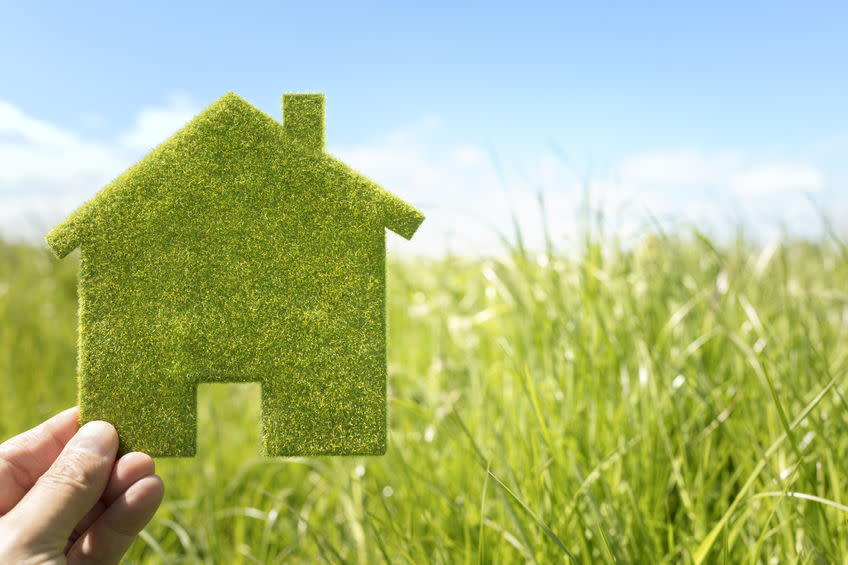Sustainable Architecture And Real Estate Strategies That Enhance Everyone's Lives

Nature’s resources are finite, but sufficient for everyone on this planet if we manage to stop consuming too much of them and promote their replenishment. Achieving this allows us to at least sustain our current lifestyle, and at most elevate it into something more pleasing to our hearts and souls.
The latter is possible when the real estate industry practises sustainability. Let’s take a look at a few sustainable architecture and real estate strategies and see how they improve people’s lives.
Increase access to mass transit
While a car practically makes any place reachable, having too many people drive leads to soul-sucking congestion and cancer-causing smog. Car-centric developments also require parking spaces – unsightly cementscapes that take away whatever other value those spaces would create if they were utilised differently.
Fortunately, premiere developers like GuocoLand (Malaysia) Berhad (Winner, Best Lifestyle Developer) build transit-oriented developments (TODs) like Emerald 9, which is a short walk away from an MRT station. Residents can go to work, reach shopping districts, and visit recreational areas without having to suffer traffic jams. And when using mass transit becomes the norm and car ownership goes down, parking lots could then be converted into more valuable real estate.
Make everything within easy reach
Keeping residential and commercial developments separate forces people to travel unnecessarily long distances, and use air-polluting vehicles to do so. Mixed-use developments integrate the residential with the commercial so that what people want and need is a quick walk or commute away. For example, KL Wellness City (Winner, Best Mixed Use Development) is specially built so that health-conscious individuals, patients with intensive medical needs, and medical staff can all live near healthcare and wellness facilities.
If a city has enough mixed-use developments with a diverse range of commercial establishments, it can be considered to be a 15-minute city. 15-minute cities are cities in which residents can start from their homes and reach any necessary amenity by walking, riding a bike, or taking public transportation within 15 minutes or less. By taking ourselves out of our metal isolation chambers with wheels (a.k.a., our cars), we not only stop polluting the air and avoid spending on fuel, but we also get to interact and socialise with other people more. It’s a win-win-win!
Integrate green features into buildings
One significant way our society can practise sustainability is by reducing our use of water and electric utilities. Developers like CPI Land Sdn Bhd (Winner, Best Boutique Developer) help consumers do so by offering homes with green features such as generous glass panels that flood the interiors with sunlight and ventilation blocks that keep homes cool without having to use any electricity. Not only are these features eco-friendly and cost-saving, but they are also beautiful and uplifting.
Lagenda Properties (Special Recognition for CSR), another eco-conscious developer, integrates rainwater harvesting into their structures to reduce the drawing of water from the public water supply. Naturally, projects from developers like CPI Land and Lagenda don’t put as much pressure on the environment as their non-green counterparts.
Have residents share resources
Ironically, despite having a higher density of people than the suburbs, condominiums tend to exacerbate feelings of isolation and loneliness. Perhaps this is because taking the elevator or the stairs is so much of a hassle that residents would rather stay in their units than go out. In other words, the benefit of leaving one’s place must outweigh the trouble one would go through in the process.
Thankfully, more and more condominiums have areas where people can socialise, such as green spaces and swimming pools. This idea of bringing people together can be taken further by having them share resources, too. For example, condominiums and apartment complexes can feature co-living amenities outside people’s units, such as common kitchens, communal dining areas, laundromats, and leisure areas like children’s playgrounds. Not only does using such amenities create a sense of community, but it also helps promote sustainability. Think about it: Cooking for one person and the clean up afterwards is not as energy- and resource-efficient as cooking for two or more people.
As you can see, sustainability in architecture and real estate goes beyond being eco-friendly. It is, therefore, a good sign that sustainability is not merely a buzzword that Malaysia’s premier real estate developers throw around, but rather an integral aspect of all of their builds.


